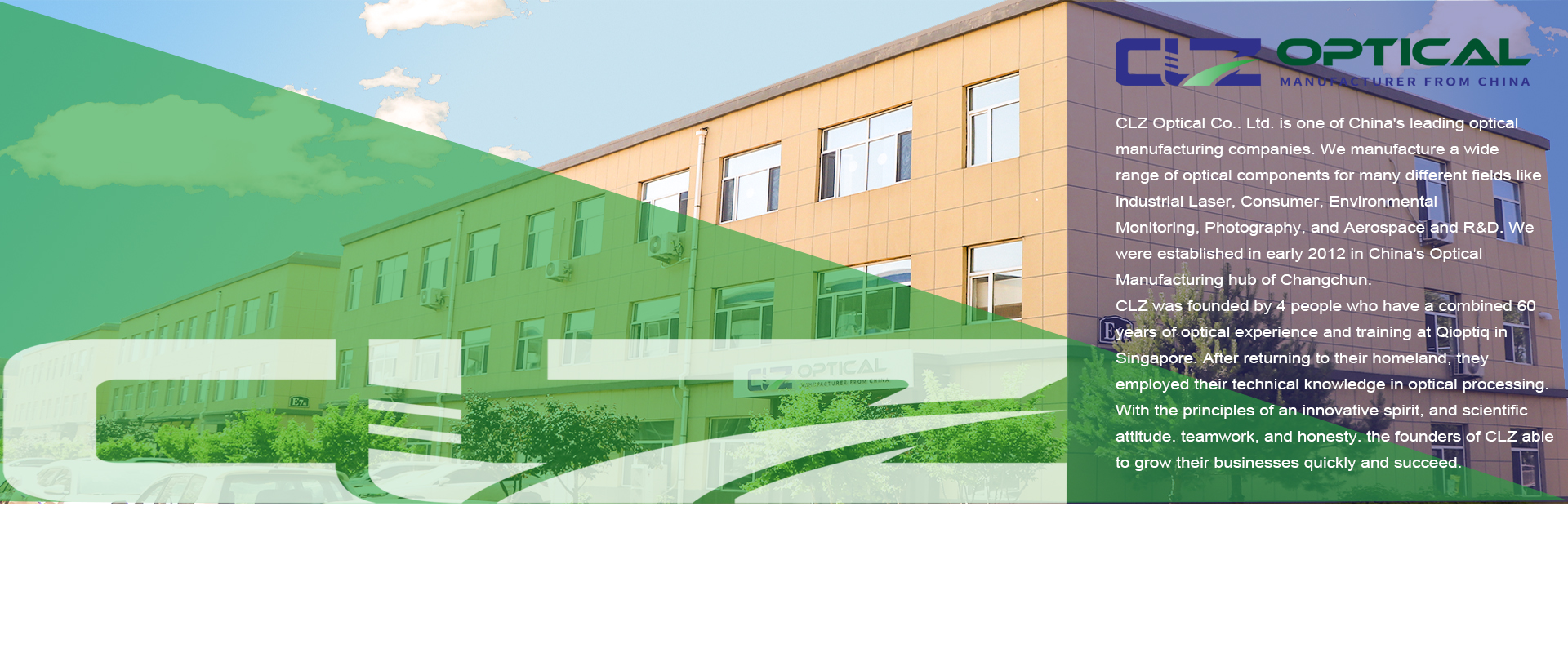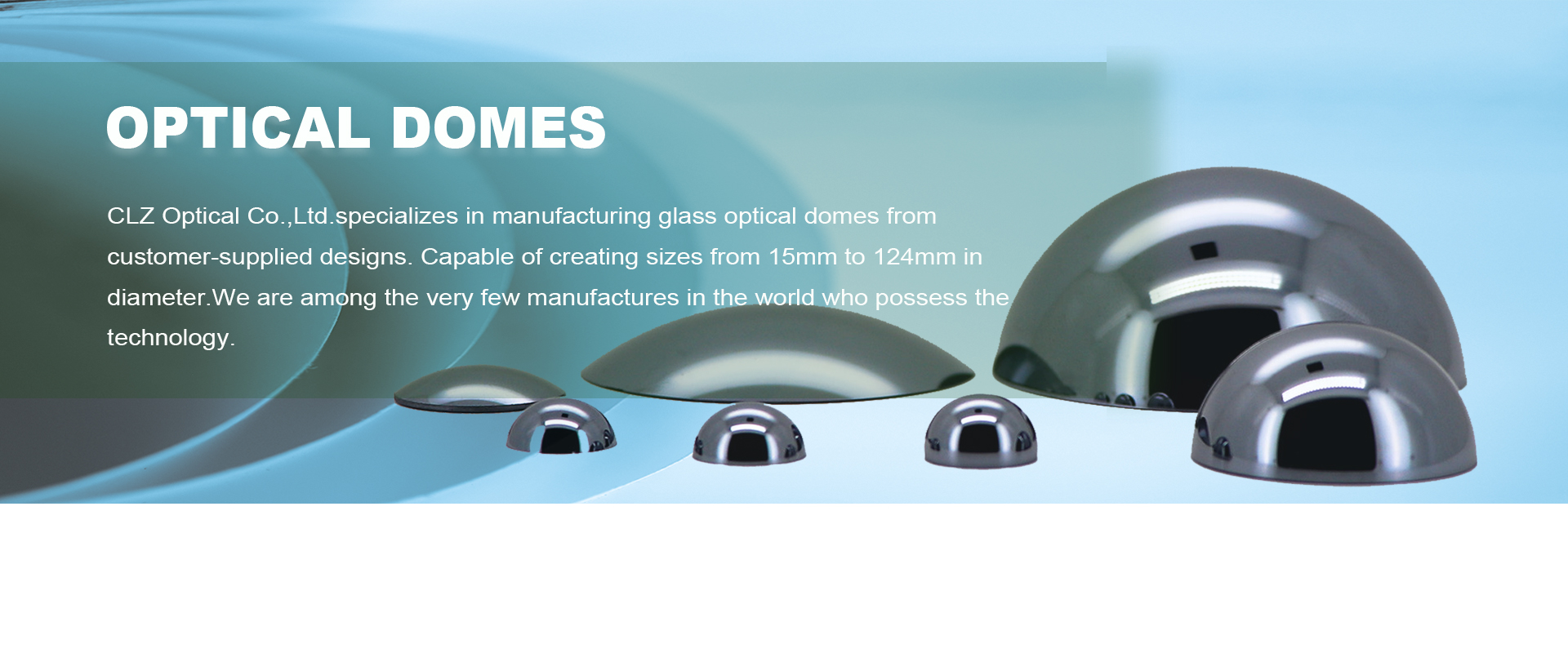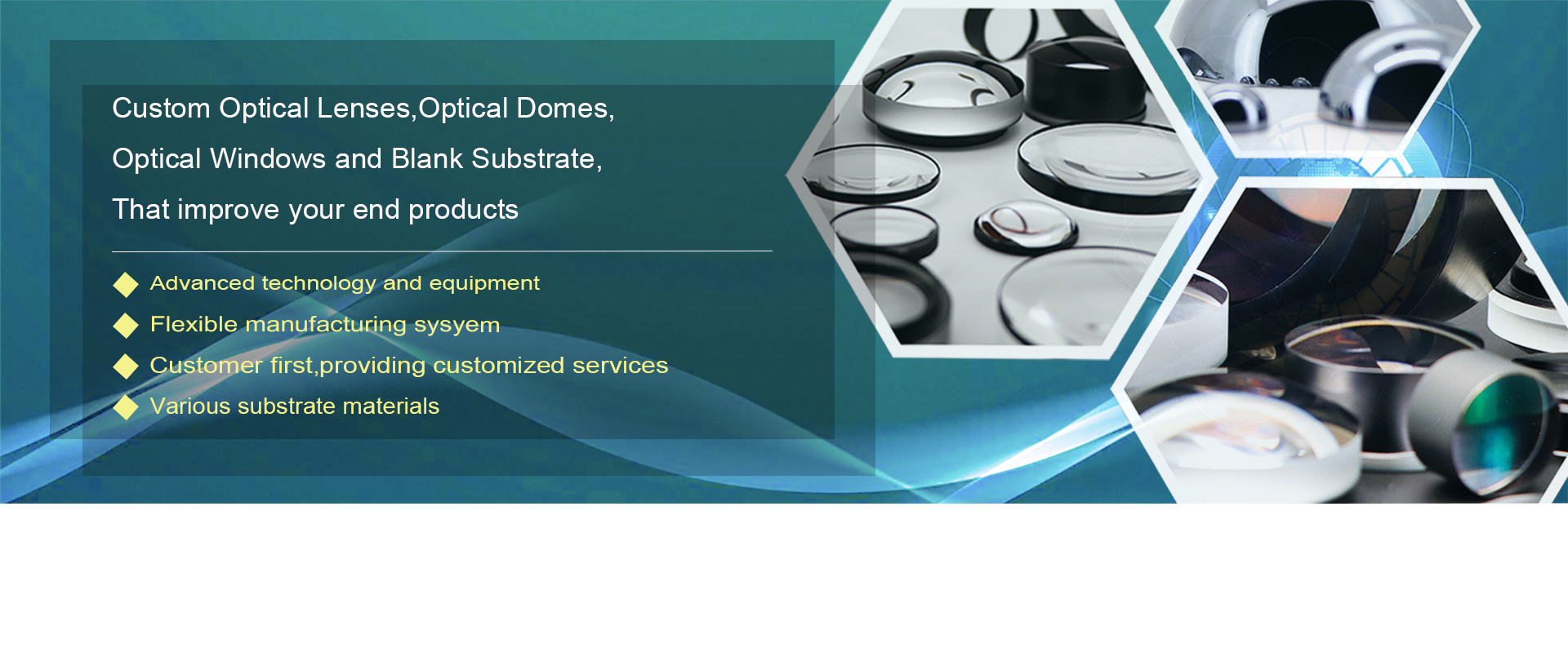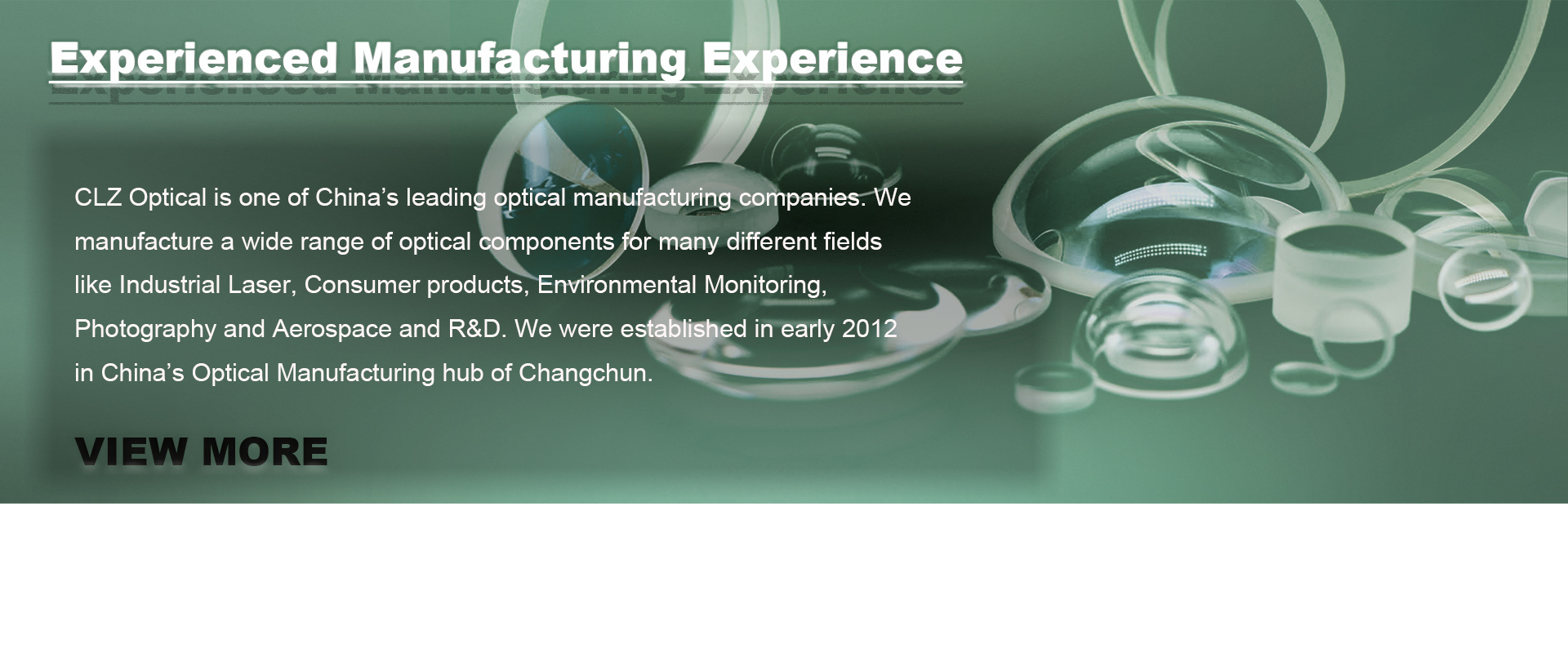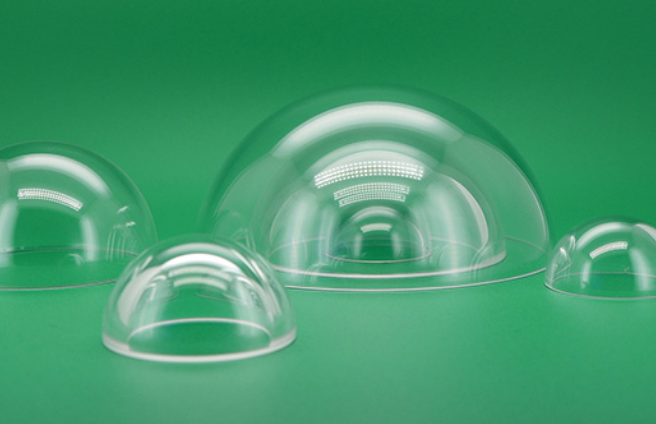Optical Domes: Applications and Design
Aug. 19, 2024
Optical domes, also known as dome windows, are high-precision optical components essential for imaging systems. They ensure excellent image quality and light transmission through precision manufacturing and anti-reflection coatings, making them suitable for high-pressure environments.
Constructed from durable materials like sapphire and BK7 glass, optical domes protect cameras, lenses, and sensors while providing a broader field of view compared to flat ports. They are widely used in applications such as underwater cameras, aerospace, defense, scientific research, and surveillance.
Key design considerations include selecting the appropriate material, determining the optimal curvature, applying suitable coatings, and ensuring environmental resistance. Proper mounting and sealing are crucial to maintaining optical integrity and preventing contamination.
Optical Domes: Applications and Design Considerations
An optical dome, also known as a dome window, is a specialized protective component used in various optical detection and imaging systems. These high-precision optical elements are manufactured using advanced techniques and anti-reflection coatings to provide superior quality and light transmission, ensuring optimal performance even in high-pressure environments.
Featuring two dome-shaped surfaces, optical domes allow light to pass through with minimal impact on the performance of optical instruments. They are typically made from durable materials like sapphire, fused silica, and tempered BK7 glass, which are used to protect cameras, lenses, sensors, and other sensitive equipment.
One of the key advantages of dome-shaped optical components is their ability to offer a wider field of view compared to flat ports. This makes them ideal for applications such as underwater cameras, where they can withstand the high pressures of deep-sea environments, as well as aircraft navigation systems, surveillance systems, and scientific instruments. In these applications, optical domes play a crucial role in safeguarding optical systems while ensuring optimal performance in demanding conditions.
Applications of Optical Domes
1. Wide-View Cameras/Detectors: Optical domes are essential for protecting camera lenses or detector housings, shielding them from scratches, abrasions, and potential damage. Unlike traditional flat windows, the curved surfaces of dome windows reduce surface reflections and enhance optical efficiency, particularly at wide angles of incidence.
2. Underwater Imaging Cameras: Light refracts as it transitions from water to air, leading to optical distortion and aberration in underwater images. Dome windows help mitigate these issues by providing a curved surface that reduces the impact of the abrupt refractive index change between water and air, thereby minimizing distortion and preserving image clarity.
3. Aerospace and Defense: Optical dome windows are integral to aircraft, drones, and missile systems used for surveillance, reconnaissance, and targeting. These domes protect sensors and cameras while ensuring clear, reliable optical performance in demanding environments.
4. Scientific Research: Dome windows are used in a variety of scientific instruments and observatories, including telescopes, spectrographs, and environmental monitoring systems, to protect sensitive optical components while maintaining high optical quality.
5. Surveillance and Security: Security cameras and surveillance systems often utilize dome windows to protect lenses and sensors from vandalism, weather, and other environmental factors, ensuring long-term durability and functionality.
Design Considerations for Optical Domes
The design of optical domes is critical for maintaining image clarity and minimizing optical distortions caused by refraction or reflection. These components are typically crafted from materials with high optical clarity and mechanical strength to withstand various environmental challenges.
Key considerations in the design process include:
1. Material Selection: Selecting the appropriate material is essential to ensure optimal performance. The material must possess suitable optical properties, such as refractive index and dispersion, along with mechanical characteristics like strength and durability. Common materials include sapphire, fused silica, and BK7 glass.
2. Curvature: The curvature of the dome plays a significant role in determining its optical characteristics, including the field of view, distortion, and image sharpness. The design must carefully balance these factors to meet the specific requirements of the application, whether it’s for underwater imaging, aerospace, or other uses.
3. Coatings: Applying anti-reflective coatings to the dome surface is crucial for minimizing reflection losses and enhancing optical transmission. These coatings help maintain image clarity, especially in environments where light transmission is critical.
4. Environmental Factors: Optical domes often operate in harsh environments, such as deep underwater or high-altitude aerospace settings. Design considerations must address pressure resistance, temperature stability, and resistance to scratching or abrasion to ensure the dome’s durability and reliable performance.
5. Mounting and Sealing: Proper mounting and sealing are vital to maintaining the optical system’s integrity enclosed within the dome. Effective sealing prevents contamination and damage, ensuring that the dome performs consistently across its operational lifespan.
Custom Optical Domes
CLZ Optical Co., Ltd. produces various types of optical domes. At CLZ Optical, we specialize in creating custom optical dome solutions tailored to meet our customer’s specific requirements. Instead of offering a static list of catalog options, we collaborate closely with our clients to understand their applications and recommend suitable substrates, coatings, and geometric designs for optimal performance.












